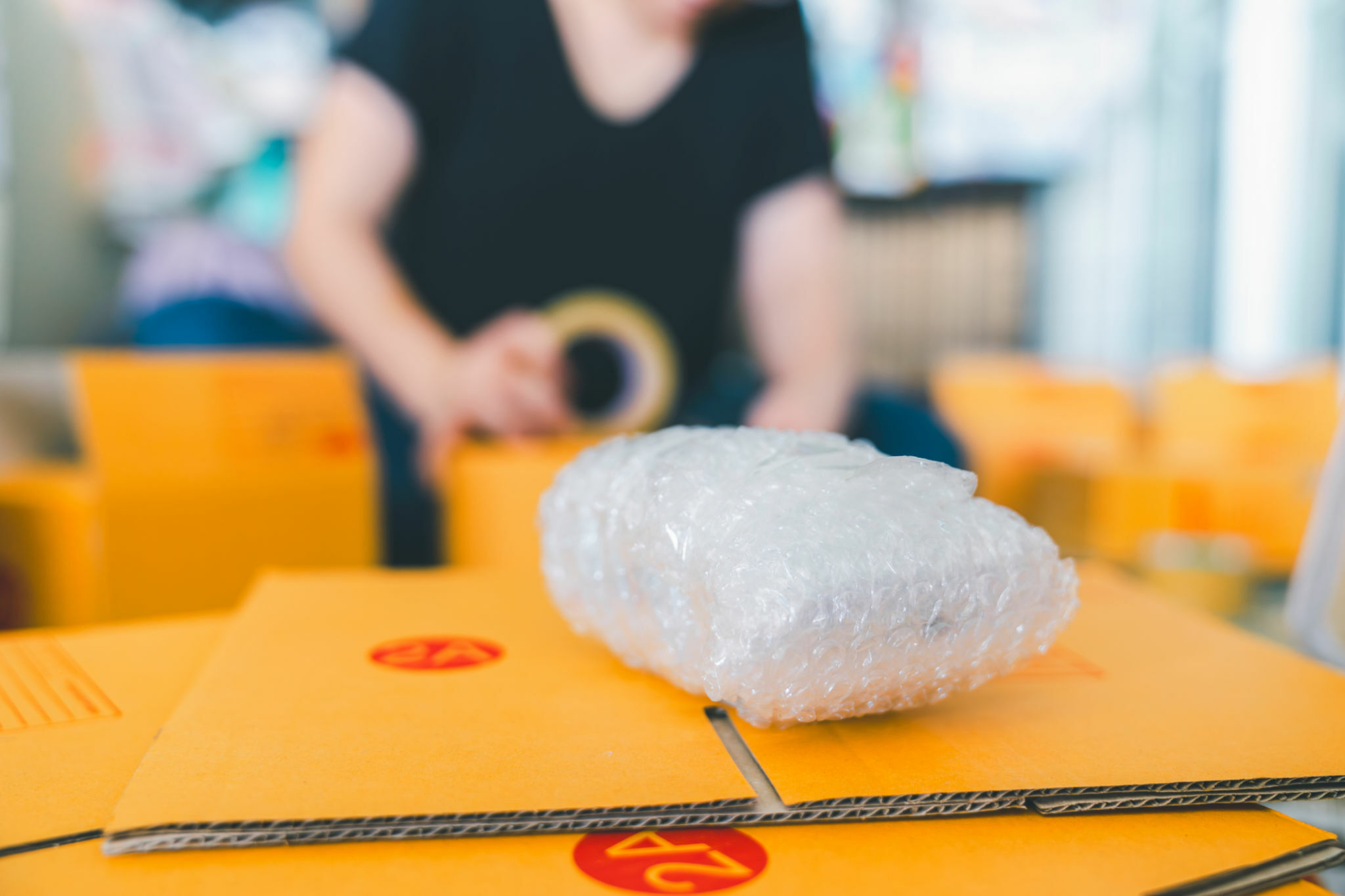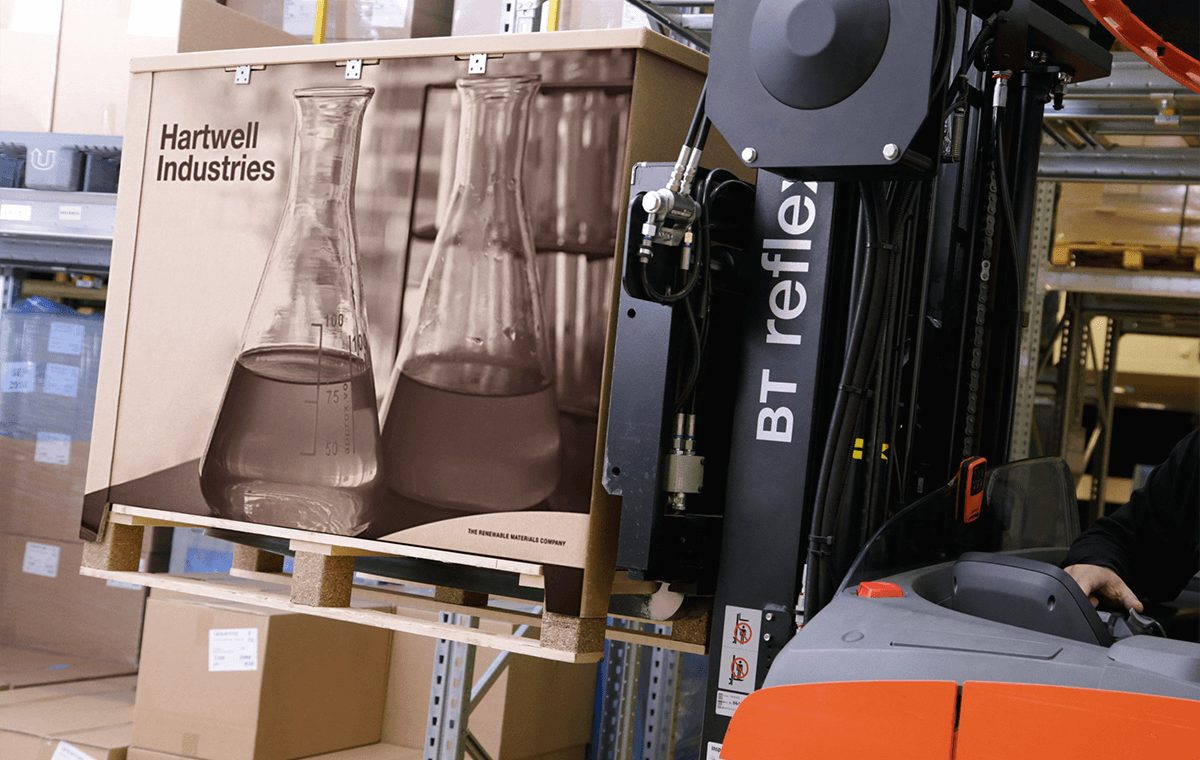Optimal Defense: Industrial Packaging Solutions Tailored for Success
Wiki Article
Reliable Industrial Recycling Solutions for Sustainable Product Packaging: A Comprehensive Overview
In today's progressively environmentally-conscious world, the demand for lasting product packaging solutions has actually never ever been higher. To meet this need, companies throughout markets are proactively looking for effective industrial recycling options. Nonetheless, browsing the complex landscape of lasting product packaging can be testing without an extensive guide. That's where this thorough overview on reliable industrial recycling services for lasting product packaging comes in. By discovering essential areas such as packaging product choice, developing for recyclability, executing recycling facilities, collaborating with recycling companions, and monitoring and determining reusing success, this overview will outfit you with the expertise and tools necessary to make educated choices and drive favorable change within your organization. Whether you're a product packaging expert, sustainability manager, or simply thinking about the subject, this guide will certainly supply valuable understandings and strategies to aid you navigate the world of sustainable packaging.Packaging Product Choice
The selection of product packaging products plays a crucial function in ensuring the sustainability of commercial recycling remedies. The selection of materials is crucial in decreasing environmental effect and making the most of reusing efficiency when it comes to sustainable packaging. Selecting the best materials can help in reducing waste generation, save sources, and advertise a round economic situation.One vital variable to take into consideration in product packaging product option is recyclability - processing company. Materials that can be easily reused and included back into the production cycle are preferred. As an example, materials like cardboard, paper, glass, and certain kinds of plastics can be recycled multiple times without losing their quality. On the other hand, products that are hard to recycle, such as blended plastics or non-recyclable composites, can create obstacles for the reusing procedure and may finish up in land fills or incinerators.
Another factor to consider is the use of eco-friendly and sustainable products. Packaging made from eco-friendly resources, such as plant-based plastics or biopolymers, can help in reducing dependence on nonrenewable fuel sources and mitigate climate adjustment. Additionally, naturally degradable products break down naturally with time, lowering the build-up of waste in land fills.
Additionally, the weight and quantity of product packaging products need to be decreased to reduce transportation expenses and energy intake. Light-weight materials not only need fewer resources during manufacturing yet also add to lower carbon discharges throughout transportation.
Designing for Recyclability
Product packaging designers should prioritize the usage of products that are extensively accepted for reusing and have actually established recycling infrastructures. Materials such as glass, aluminum, and certain types of plastic, like Family pet and HDPE, are commonly recycled and need to be chosen over products that are tough or expensive to recycle.Another important consideration in making for recyclability is the elimination of unnecessary parts or materials. By minimizing the variety of layers, finishes, and extra elements, packaging can be made less complex and much easier to recycle. In addition, designers should intend to decrease the usage of blended materials, as they can make complex the recycling process.

Implementing Recycling Infrastructure
Reliable application of recycling framework is important for the success of industrial reusing solutions. Without proper facilities in location, the reusing process becomes inefficient and inefficient, preventing the total goal of lasting packaging.To implement recycling framework properly, several vital factors require to be taken into consideration. To start with, there ought to be an efficient collection system that helps with the separation and collection of recyclable materials. This can consist of marked reusing containers in public rooms, in addition to collaborations with waste management companies for curbside pickup and sorting.
When collected, the recyclable products require to be transferred to recycling centers in a timely way. This calls for effective logistics and transportation networks, making sure that the materials get to the suitable centers right away.
At the recycling centers, progressed sorting and processing modern technologies need to be in area to separate different kinds of products effectively. This includes making use of automated sorting makers, optical scanners, and hands-on sorting strategies.
Furthermore, there ought to be a robust market demand for recycled products. This can be achieved via partnerships with suppliers and sectors that use recycled products in their manufacturing processes. Developing a secure market for recycled products incentivizes the recycling market and advertises the circular economic climate.
Working Together With Recycling Partners

One trick element of working together with reusing partners is the facility of clear interaction channels. It is necessary to establish open lines of interaction to facilitate the exchange of information, updates, and responses. This allows both parties to stay informed concerning the progress of recycling campaigns and deal with any type of challenges or concerns that may arise.
Additionally, cooperation can include collaborations in making and executing reusing programs. Reusing partners can provide useful insights and assistance in creating effective collection systems and determining one of the most appropriate recycling innovations. By interacting, services and reusing partners can enhance the recycling process and decrease waste.
Furthermore, cooperation can extend past the operational elements of recycling. It can additionally incorporate advocacy and education initiatives. By signing up with pressures, businesses and reusing companions can elevate awareness regarding the relevance of recycling and promote the fostering of lasting product packaging practices among customers and various other stakeholders.
Tracking and Measuring Recycling Success
To make sure you can try this out the performance of industrial recycling options and the achievement of sustainable product packaging goals, it is critical for services and their reusing partners to establish a detailed system for monitoring and measuring reusing success (bulk container recycling). Determining and tracking reusing success allows companies to examine the influence of their recycling efforts, determine areas for enhancement, and set significant targets for future progressionOne way to track recycling success is via making use of data collection and evaluation devices. By accumulating data on the quantity of product packaging visit this page waste generated, the percent of waste that is reused, and the kinds of materials being reused, businesses can gain valuable understandings right into their recycling performance. This information can after that be assessed to determine patterns, patterns, and areas of ineffectiveness.
One more important aspect of monitoring and measuring recycling success is establishing standardized and clear metrics. This enables organizations to compare their efficiency against market criteria and track their development over time. Metrics such as recycling rates, waste diversion rates, and greenhouse gas emissions can provide a measurable procedure of an organization's reusing success.

Verdict
To conclude, implementing efficient commercial recycling remedies for lasting packaging needs careful consideration of packaging material selection, developing for recyclability, applying reusing infrastructure, collaborating with recycling partners, and tracking and determining recycling success. By including these techniques, organizations can contribute to an extra sustainable and environmentally-friendly approach to product packaging, decreasing waste and promoting the circular economy.By checking out vital locations such as product packaging material selection, designing for recyclability, executing recycling framework, working together with recycling companions, and monitoring and measuring reusing success, this guide will certainly furnish you with the knowledge and tools essential to make informed decisions and drive favorable adjustment within your organization. Packaging designers need to prioritize the use of materials that are widely approved for reusing and have actually established recycling facilities.Cooperation with reusing partners is necessary for the effective implementation of industrial recycling options and the success of sustainable packaging goals. By joining pressures, organizations and recycling partners can Learn More raise recognition regarding the significance of reusing and promote the fostering of sustainable product packaging practices among consumers and other stakeholders.
By gathering data on the amount of product packaging waste produced, the portion of waste that is recycled, and the types of products being recycled, businesses can obtain important understandings into their reusing performance.
Report this wiki page